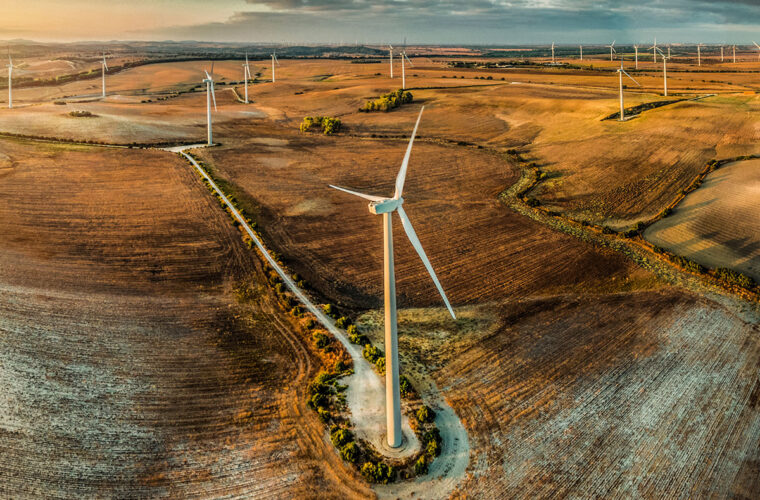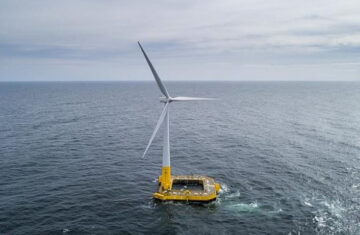The Wind Energy Revolution in Spain
Spain has established itself as one of the leading countries in the world in the field of wind energy. With its vast landscapes and favorable wind conditions, the nation has harnessed wind power to not only meet its energy demands but also to contribute significantly to global sustainability efforts. This article explores the current state of wind energy in Spain, its growth trajectory, challenges, and future prospects.
The Importance of Wind Energy in Spain
Transition to Renewable Energy
Spain’s commitment to renewable energy has intensified in recent years. According to the Spanish Wind Energy Association (AEE), wind energy accounted for around 24% of the total electricity generation in Spain in 2022. This shift is part of a broader strategy to reduce greenhouse gas emissions and combat climate change.
Geographic Advantages
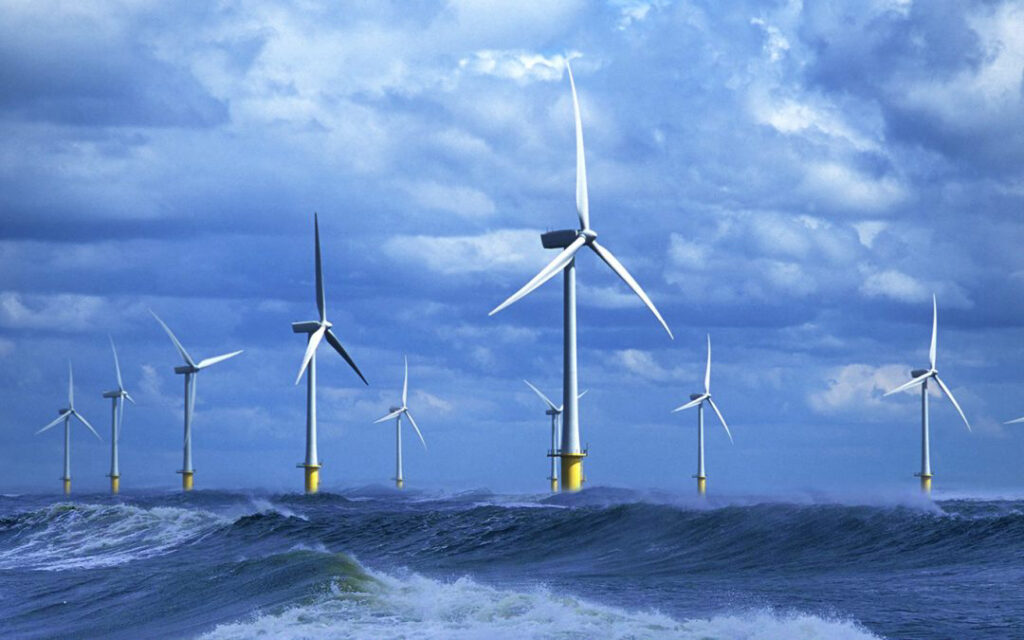
Spain’s geographical diversity offers ideal conditions for wind energy generation. The northern regions, such as Galicia and the Basque Country, experience strong winds, while the central areas like Castilla-La Mancha benefit from consistent breezes. This variety allows for a widespread installation of wind farms across the country.
Growth of Wind Energy in Spain
Historical Context
The development of wind energy in Spain began in the late 20th century. In 1994, Spain installed its first commercial wind farm, marking the beginning of a new era in renewable energy. The introduction of the Feed-in Tariff (FiT) in 2007 incentivized further investments, leading to rapid growth in the wind sector.
Recent Developments
According to the National Commission of Markets and Competition (CNMC), Spain had a total installed wind capacity of 28,000 MW by the end of 2022. The country added approximately 1,800 MW of new capacity during the year, making it the fourth-largest wind energy producer in Europe and the eighth-largest globally.
Key Statistics
- Total Installed Wind Capacity (2022): 28,000 MW
- Percentage of Total Electricity Generation (2022): 24%
- New Capacity Installed in 2022: 1,800 MW
- Global Rank: 8th largest wind energy producer
Types of Wind Energy Technologies

Spain utilizes various wind energy technologies, primarily onshore and offshore wind farms.
Onshore Wind Farms
Onshore wind farms are the most common type of wind energy technology in Spain. These farms consist of multiple wind turbines installed on land, generating electricity from the wind. As of 2022, onshore wind farms accounted for approximately 95% of Spain’s total wind capacity.
Offshore Wind Farms
Offshore wind energy is an emerging sector in Spain. While still in its infancy, several projects are in development, particularly along the Mediterranean and Atlantic coasts. The Spanish government aims to have 3,000 MW of offshore wind capacity operational by 2030, marking a significant step towards diversifying the country’s energy portfolio.
Economic Impact of Wind Energy
Job Creation
The wind energy sector has become a vital source of employment in Spain. According to the AEE, the wind industry employed around 70,000 people in 2022, a figure that is expected to grow as more projects are developed. Jobs in this sector range from manufacturing and installation to maintenance and research.
Investment Opportunities
Spain has attracted significant investment in wind energy. The total investment in wind power projects reached approximately €3 billion in 2022. This capital influx is crucial for the expansion of wind farms and the development of new technologies.
Challenges Facing Wind Energy in Spain
Regulatory and Policy Issues
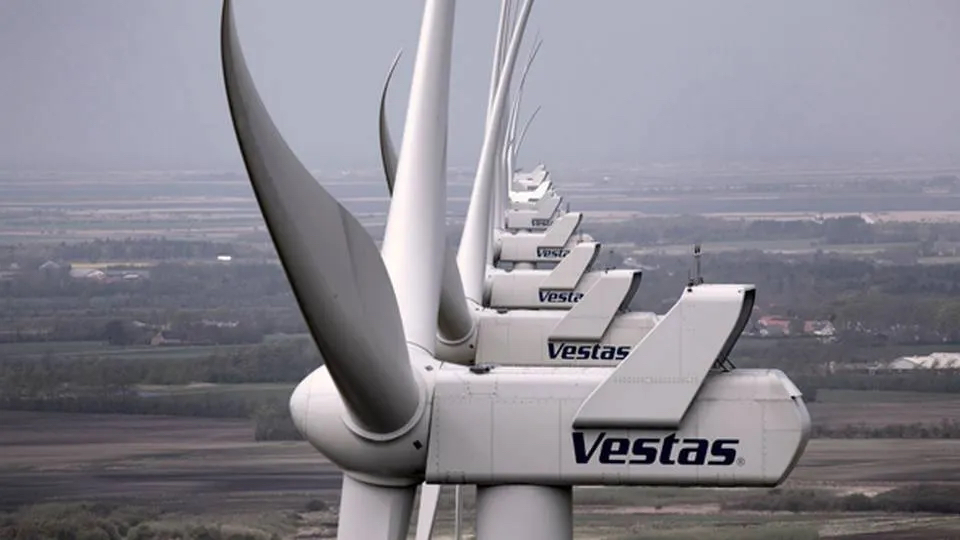
Despite the strong growth of wind energy, Spain faces several challenges. Regulatory changes can impact investment stability. For instance, changes in incentives and subsidies may affect the viability of new projects. The Spanish government is working to create a more stable regulatory framework to encourage further investment.
Grid Integration
As the share of wind energy in the electricity mix increases, integrating this variable energy source into the national grid becomes more complex. Investments in grid infrastructure and smart grid technologies are essential for managing the variability of wind energy effectively.
Public Opposition
While many communities support wind energy, there can be public opposition to specific projects due to concerns about noise, visual impact, and ecological effects. Engaging local communities and addressing their concerns is vital for the successful implementation of wind energy projects.
Government Policies and Initiatives
National Energy and Climate Plan (NECP)
Spain’s National Energy and Climate Plan (NECP) outlines the nation’s strategy to transition to a low-carbon economy. The plan aims for 74% of electricity generation to come from renewable sources by 2030, with wind energy playing a crucial role in achieving this target. The NECP emphasizes the need for increased installed capacity and investment in wind energy.
EU Support

Spain also benefits from the European Union’s Green Deal, which allocates funds to support renewable energy projects across member states. The Next Generation EU recovery plan includes provisions for green investments, further enhancing Spain’s wind energy initiatives.
Future Prospects for Wind Energy in Spain
Technological Innovations
The future of wind energy in Spain looks promising, with ongoing research and development in wind technology. Innovations such as larger and more efficient wind turbines, as well as advancements in energy storage, are expected to enhance the efficiency and reliability of wind energy systems.
Expansion of Wind Farms
The Spanish government is actively promoting the development of new wind farms. Projects like the El Andévalo Wind Farm in Huelva, with a capacity of 300 MW, exemplify this trend. These wind farms contribute not only to energy production but also to local economic development through job creation and infrastructure improvements.
Community Wind Projects
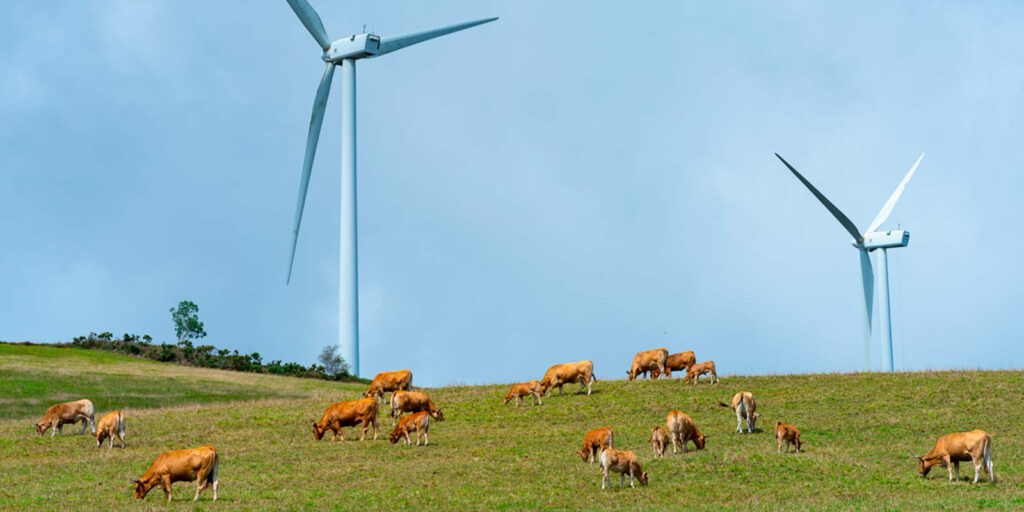
Community wind initiatives are gaining traction in Spain, allowing local residents to invest in and benefit from wind energy without needing large-scale installations. These projects promote community engagement and help democratize access to renewable energy.
Conclusion
Spain’s wind energy landscape is rapidly evolving, supported by favorable geographic conditions, strong government policies, and significant investment. While challenges remain, the country is well-positioned to continue its leadership in wind energy production. As Spain works towards its renewable energy targets, the transition to wind power will play a crucial role in achieving a sustainable and low-carbon future.
